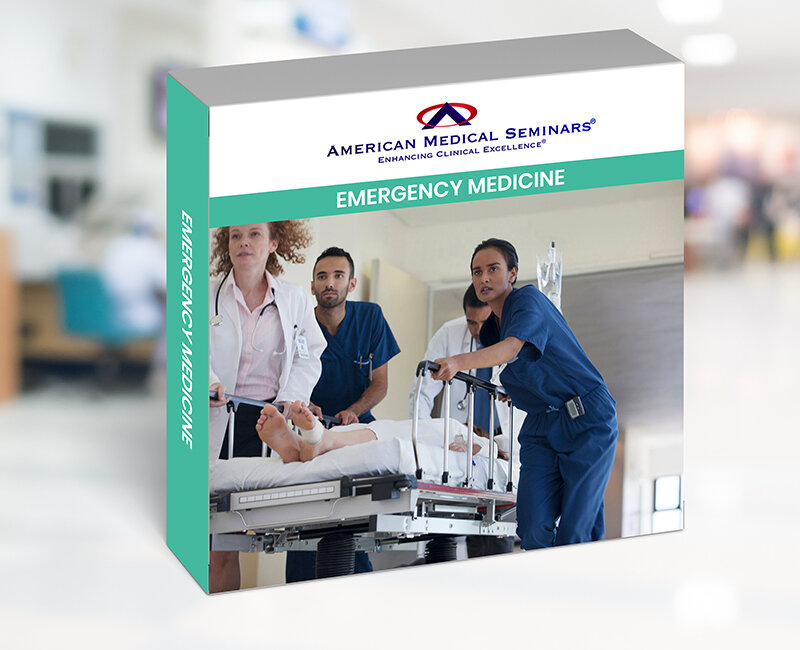Product Description
Title: EMde-Emergency Medicine- Dermatology- Drug Eruptions: Etiology, Differential Diagnosis and Treatment; Cutaneous Infections and Infestations, Part I: Bacterial, Viral, and Fungal; Cutaneous Infections and Infestations, Part II: Parasites, Bites, and Stings.
Faculty: Renee Straub, M.D. Lorraine Rosamilia, M.D.
Original Release Date: July 1, 2021 Expiration Date: July 1, 2024
SPECIFIC OBJECTIVES FOR EACH TOPIC:
TOPIC 1: Drug Eruptions: Etiology, Differential Diagnosis and Treatment.
Upon completion of this session, the participant should be able to: COMP, EBM
- Recognize the numerous eruptions, such as DRESS, SJS and TEN, induced by medications.
- Recognize, identify and avoid the “most common” suspected drugs in producing certain reaction patterns.
- Employ workup and treatment of DRESS and other severe drug reactions.
TOPIC 2: Cutaneous Infections and Infestations, Part I: Bacterial, Viral, and Fungal.
Upon completion of this session, the participant should be able to: COMP, EBM
- Differentiate viral infections like herpes simplex and herpes zoster based on morphology, distribution of lesions, and laboratory testing.
- Determine appropriate treatment and prevention (including vaccination) plans for herpes simplex and herpes zoster as per CDC and FDA recommendations.
- Diagnose bacterial (including MRSA) and fungal infections of the skin and employ first line therapy.
TOPIC 3: Cutaneous Infections and Infestations, Part II: Parasites, Bites, and Stings.
Upon completion of this session, the participant should be able to: COMP
- Outline key travel history inquiries and diagnostic modalities for patients with parasitic infections and initiate first line therapy
- Speciate arthropods and that commonly cause skin disease like ticks, mites, bed bugs, and stinging insects so that appropriate therapy can be initiated acutely.
- Review preventative measures, including indications and safety of pesticides, and other measures for arthropod assault avoidance.
- The receipt for any incentive-associated purchase will designate the value of the gift card separately from the cost of the learning activity.
- This incentive may have implications on your tax reporting obligations. Any reimbursed amount must be declared as personal income for tax purposes.


